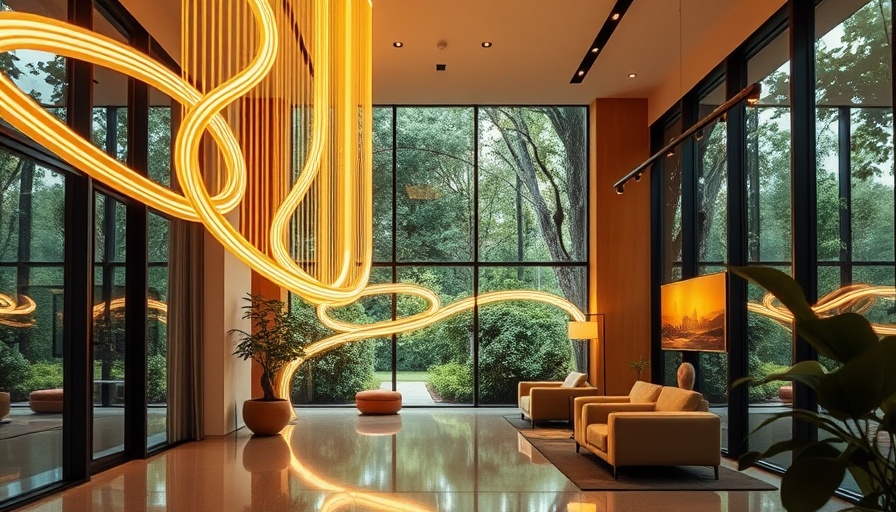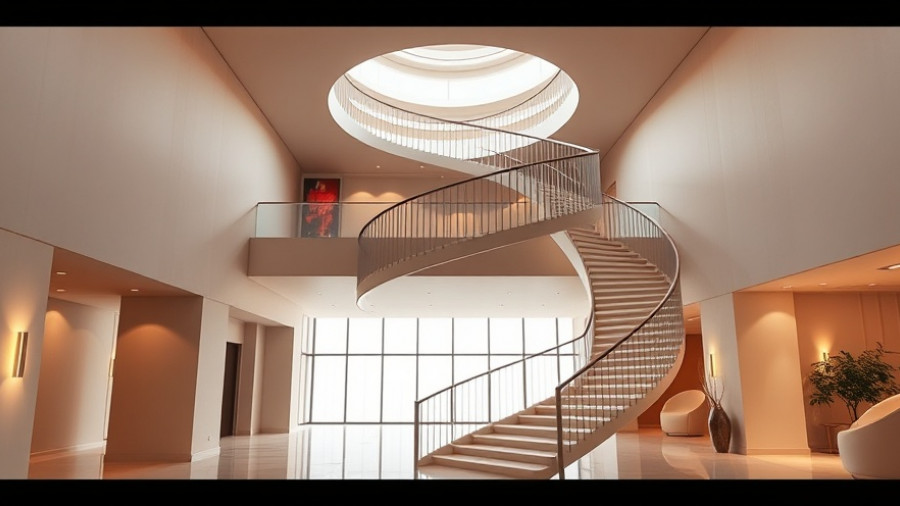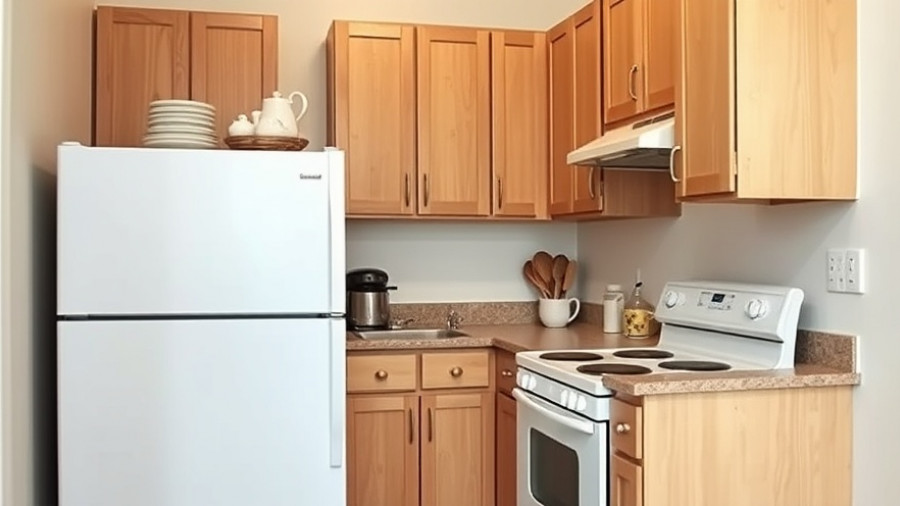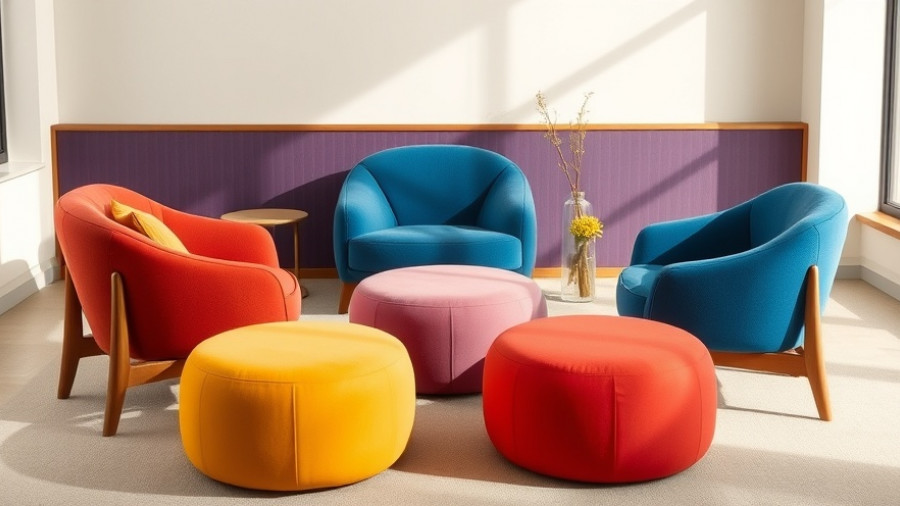
Exploring the Concept of Movement in Design
At Milan Design Week 2025, the installation Drift Us by the Dutch studio DRIFT took center stage, reinforcing the notion that motion is essential to creativity and innovation. In a world where static ideas often dominate, the interactive installation invites visitors to become part of the artwork, highlighting the interplay between human movement and technological advancement. As visitors engage with the artwork, it evokes a deeper understanding of how environments and experiences shape our perception of progress.
Why Is Motion Important in Design?
Understanding the role of motion in design is critical, especially when we consider how our interactions influence the environments around us. DRIFT's installation comprises filament-like bulbs that sway in response to human movement, creating a mesmerizing visual that mimics the gentle rustle of a grassy field. This illustrates the idea that innovation does not merely arise from static concepts but rather from dynamic interactions between people and their surroundings.
The Connection Between Nature and Technology
DRIFT’s work draws inspiration from the natural world, reflecting how the forces of nature can influence technological design. Through their collaboration with Audi, they encapsulate the belief that innovation flourishes through adaptability and connection—not just among humans, but also between humans and nature. At the heart of Drift Us is the metaphorical wind, representing life’s ever-changing currents and the essence of progress.
Takeaways for Home Design and Renovation
As homeowners or contractors, understanding the principles illustrated in Drift Us can aid in crafting spaces that embrace movement and flexibility. This artwork serves as a reminder that our home environments, much like nature, should evolve alongside our needs and lifestyles. Consider incorporating design elements that encourage interaction and adaptability within your own spaces. Think about how lighting, layout, and materials can enhance not just the aesthetics but also the functionality of a home.
Future Trends in Interactive Design
With technology advancing rapidly, the incorporation of interactive elements in home design is likely to become more prevalent. The implications for contractors and homeowners alike are profound; as we embrace intelligent designs that respond to human interaction, we’ll see a shift toward more personalized home experiences. The ethos shared by DRIFT and Audi—that innovation stems from movement and human connection—suggests a future where embracing the unpredictable leads to the creation of truly responsive living spaces.
Encouraging Emotional Connection Through Design
So, what can we learn from installations like Drift Us? It highlights the significance of creating spaces that foster emotional connections—spaces that resonate with movement and adaptability. As contractors and designers, the challenge lies in balancing aesthetics with practicality, ensuring that every design decision invites engagement and enhances the homeowner's experience.
As Milan Design Week and events like it continue to showcase innovative ideas, it becomes evident that the boundaries of design are constantly evolving. By taking cues from installations like Drift Us, we can ensure our designs not only stand out but also resonate profoundly with human experiences.
 Add Row
Add Row  Add
Add 




Write A Comment